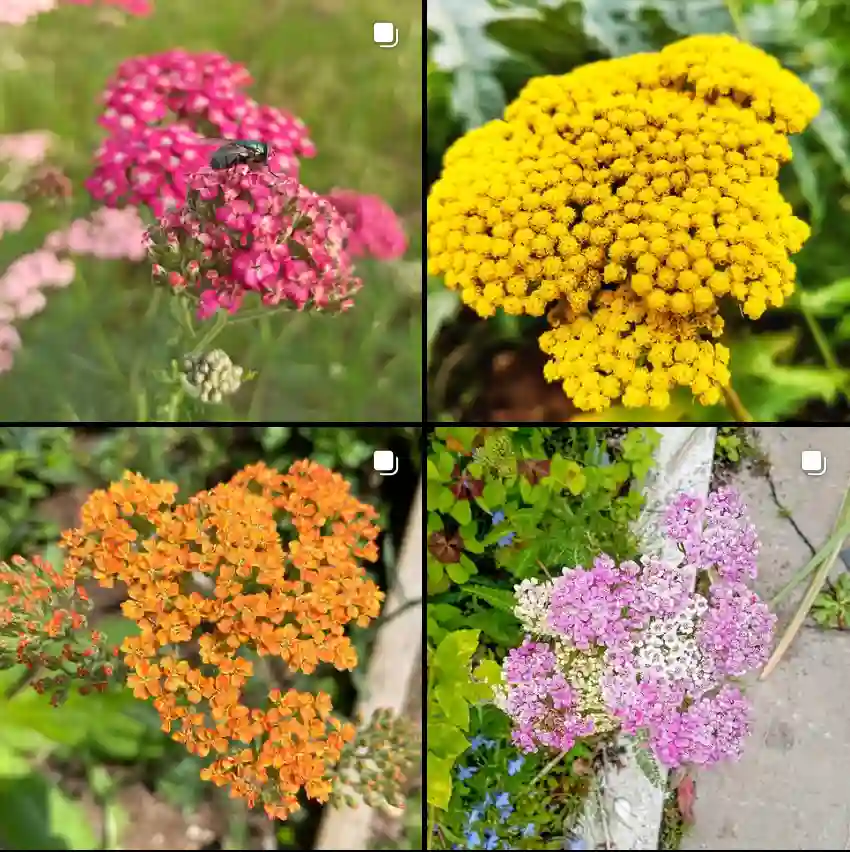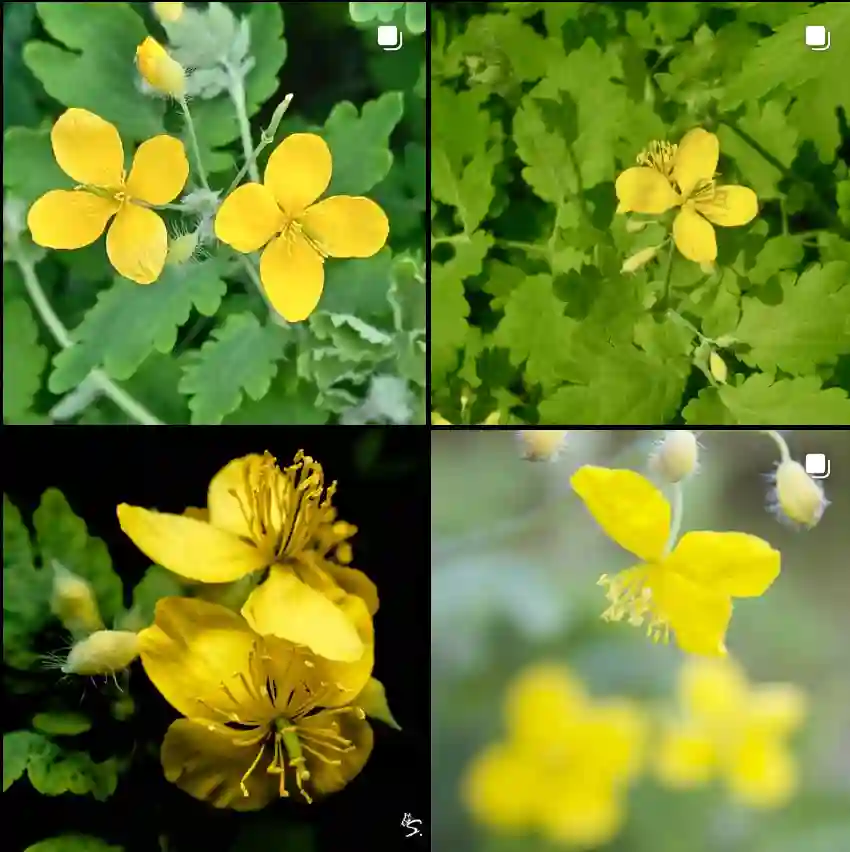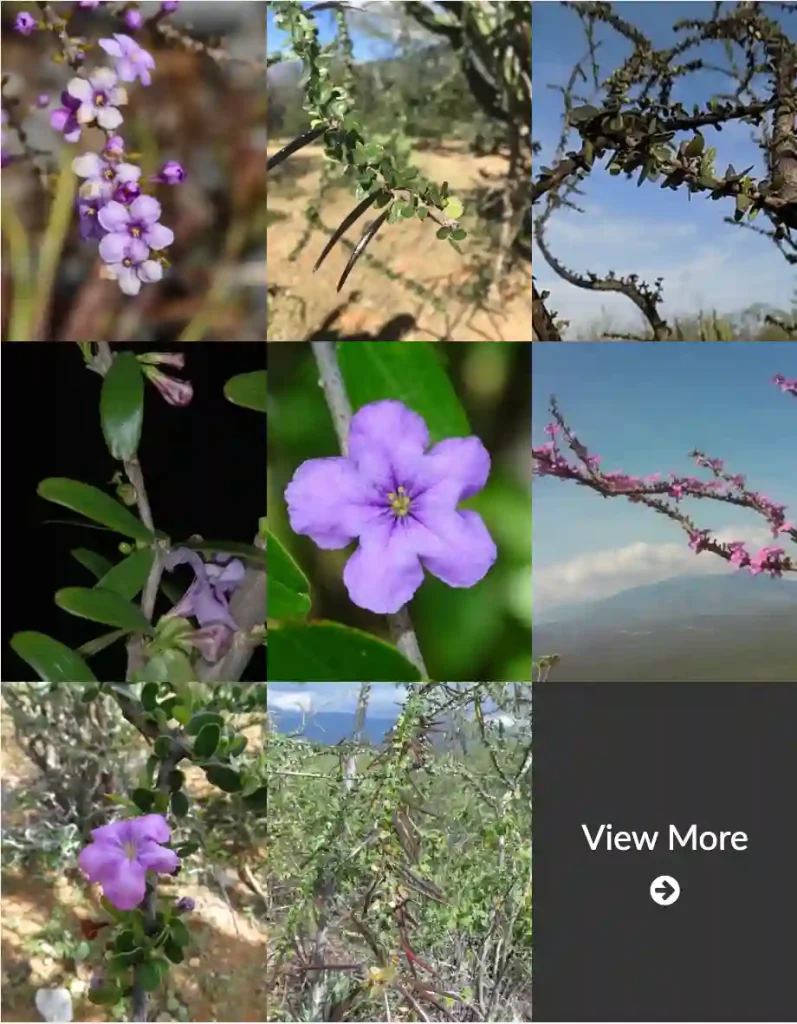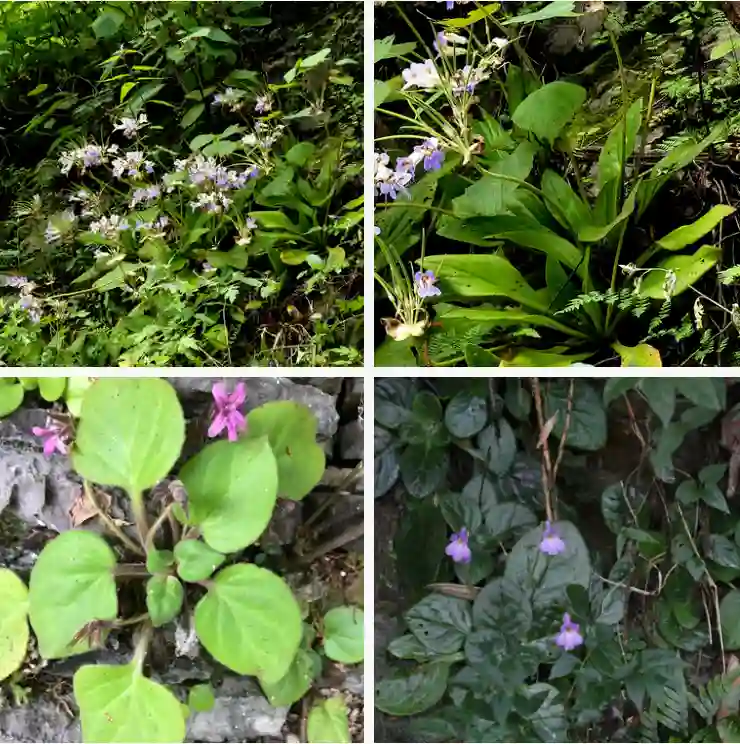Exploring the Eupteleaceae Family: My Experience with Euptelea
The Eupteleaceae family may not be one of the most well-known plant families, but after delving into it, I’ve discovered some fascinating insights that make it quite special. Within this family, there is only one genus—Euptelea, and though it’s a small family in terms of diversity, it’s full of unique traits that have made it stand out to me.
What is the Eupteleaceae Family?
The Eupteleaceae family belongs to the order Ranunculales, which also includes some popular plants like buttercups. But Eupteleaceae is distinct for its simplicity and uniqueness. Its only genus, Euptelea, is native to East Asia, particularly in countries like China and Japan.
I have always been drawn to lesser-known plant families because I find there’s something incredibly rewarding about learning more about the underappreciated species. Eupteleaceae fits that niche perfectly, and it’s interesting how such a small family can pack a big botanical punch.
The Genus Euptelea: A Look into Its Unique Features
One of the things that first attracted me to Euptelea is its distinct features. Euptelea consists of only two species—Euptelea polyandra and Euptelea pleiosperma. Though they are not widely known in the horticultural world, they deserve attention because of their unusual appearance and history.
When I first saw Euptelea, I was struck by its resemblance to some primitive plant forms, especially when I noticed the simple, oval-shaped leaves that are serrated around the edges. These features make them look ancient, and it turns out that Euptelea is indeed considered a more primitive plant in the evolutionary tree.
Euptelea’s Natural Habitat and Growth Patterns
Euptelea is typically found in the wild, growing in woodlands and mountainous regions in Asia. What I find fascinating is how well these plants adapt to their environments, thriving in moist, well-drained soils. If you’re considering growing Euptelea, it’s worth noting that they prefer cooler climates, which is typical for many temperate Asian plant species.
During my research, I learned that Euptelea polyandra is especially known for its resistance to cold weather, making it a hardy species. This toughness appeals to me because I live in an area that experiences cold winters, and having a plant like Euptelea that can withstand these conditions is a real asset to any garden.
Euptelea’s Unique Reproductive Characteristics
One thing that makes Euptelea stand out is its reproduction. Unlike many flowering plants, Euptelea produces flowers that lack petals. Yes, that’s right—no petals. Instead, the flowers are small, inconspicuous, and somewhat primitive in appearance. They form in clusters, usually before the leaves emerge in spring, giving the plant a somewhat bare and unique look.
This primitive aspect of its reproductive structure is one of the reasons it’s considered an evolutionary relic. For someone like me who loves studying the evolution of plants, Euptelea is like a living history book—showing how plants might have looked in their early stages of development.
Euptelea’s Role in My Garden
After learning more about this plant, I decided to grow Euptelea polyandra in my own garden. The results have been fascinating. First, the leaves turn a gorgeous shade of red in the fall, which was an unexpected bonus. It adds a pop of color during the season when many other plants are beginning to fade.
I also love how it stands out as an unusual addition. While many people go for the more popular garden trees and shrubs, having something as unique as Euptelea gives my garden a distinctive, almost botanical garden feel. Plus, it’s great for sparking conversations with fellow plant enthusiasts who have never encountered it before.
Why Euptelea Should Be More Popular
In my opinion, Euptelea deserves more recognition. It’s not just the primitive charm or its ability to thrive in tough conditions that makes it a standout. It’s the fact that this plant family has remained relatively unchanged for millions of years. For those of us who love plants not just for their beauty but also for their history and resilience, Euptelea is a must-have.
Moreover, in today’s world of climate change and unpredictable weather patterns, having hardy plants like Euptelea in our gardens is becoming more critical. Euptelea’s resistance to cold weather and its adaptability to various soil conditions make it a practical choice for anyone looking to diversify their plant collection with something both unique and functional.
Conclusion: My Journey with Eupteleaceae
Exploring the Eupteleaceae family has been a rewarding journey for me. From learning about its ancient lineage to growing Euptelea polyandra in my garden, I’ve come to appreciate how a small, lesser-known plant family can have such a significant impact. The Eupteleaceae family may only have one genus, but in my experience, that’s all it needs to leave a lasting impression.
If you’re someone who enjoys the unusual and the rare, I highly recommend looking into Euptelea. Whether you’re a botanist or a casual gardener, this genus offers something different from the norm, and I’m glad I discovered it.
If i die, water my plants!



